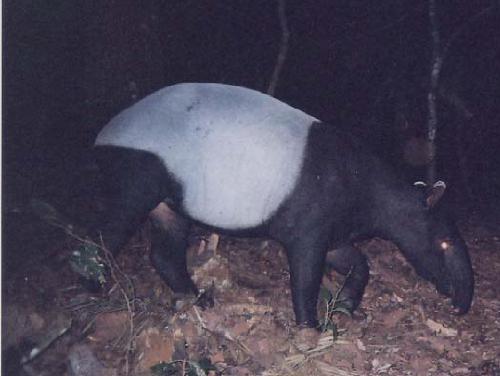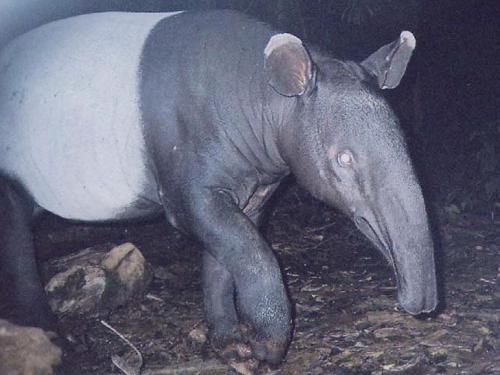Wilson Novarino
Other projects
5 Dec 2006
Population Monitoring and Conservation of Malayan Tapir in Taratak Forest Reserve, Sumatra
This project is part of a long-term study designed to evaluate the effects of deforestation on populations of Malayan tapir in West Sumatra.

The major goal of this project is to implement a Malayan tapir population monitoring program and measure their daily activities. Previous studies were recording the population status and habitat use by Malayan Tapir in selected areas (Novarino 2000; Novarino 2001; Novarino et al. 2004).

Malayan Tapir (Tapirus indicus) lives in small population within their range in Peninsular Malaya and Sumatra. This species categorized as vulnerable species by IUCN (IUCN, 2003) and also listed at appendix I CITES. In Indonesia, this species was protected under the law of nature protected since Dutch colonial government (1931), and continued with some new regulation by Indonesia Government. As large herbivores, Malayan tapirs play a very important role as seed dispersers and contributing to the regeneration process in forest. However, there is still not much attention has been paid on tapir field studies in Indonesia.
In Sumatra, Malayan Tapir inhabit lowlands areas during the dry seasons and move to the mountain in the wet seasons. Tapirs have been observed in forest edge, primary forest, secondary forest, forest concession, and some report observed their in the plantations, like rubber, and oil palms. Previous study on this location showing that secondary forest was mostly preferred by Malayan tapirs. Around 63% of tapir footprints were recorded on salt licks located in secondary forest, 22% in secondary forest, and 15% in primary forest and no records on plantation/riparian habitats (Novarino et al., 2004).
Several studies has demonstrated that camera trapping technique is a successful method to evaluate tapir population, distribution, habitat use and daily activity, which crucial pieces of information for the design and implementation of tapir conservation programs (Wallace et al. 2002; Holden 2003; Moraes et al. 2003; Cuéllar et al. 2003). This technique is also very useful to study Malayan tapir due to their character as a shy, almost nocturnal, extremely elusive and tend to have ability to avoid contact with humans.
Aims of this of this project are to implement a Malayan tapir population monitoring program and measure daily activities through using Camera trapping method. Our results also have the potential to uncover some interesting data on other mammals that are present on the study area, which ecological also will reflect the condition of process and structure of biodiversity on studies area.